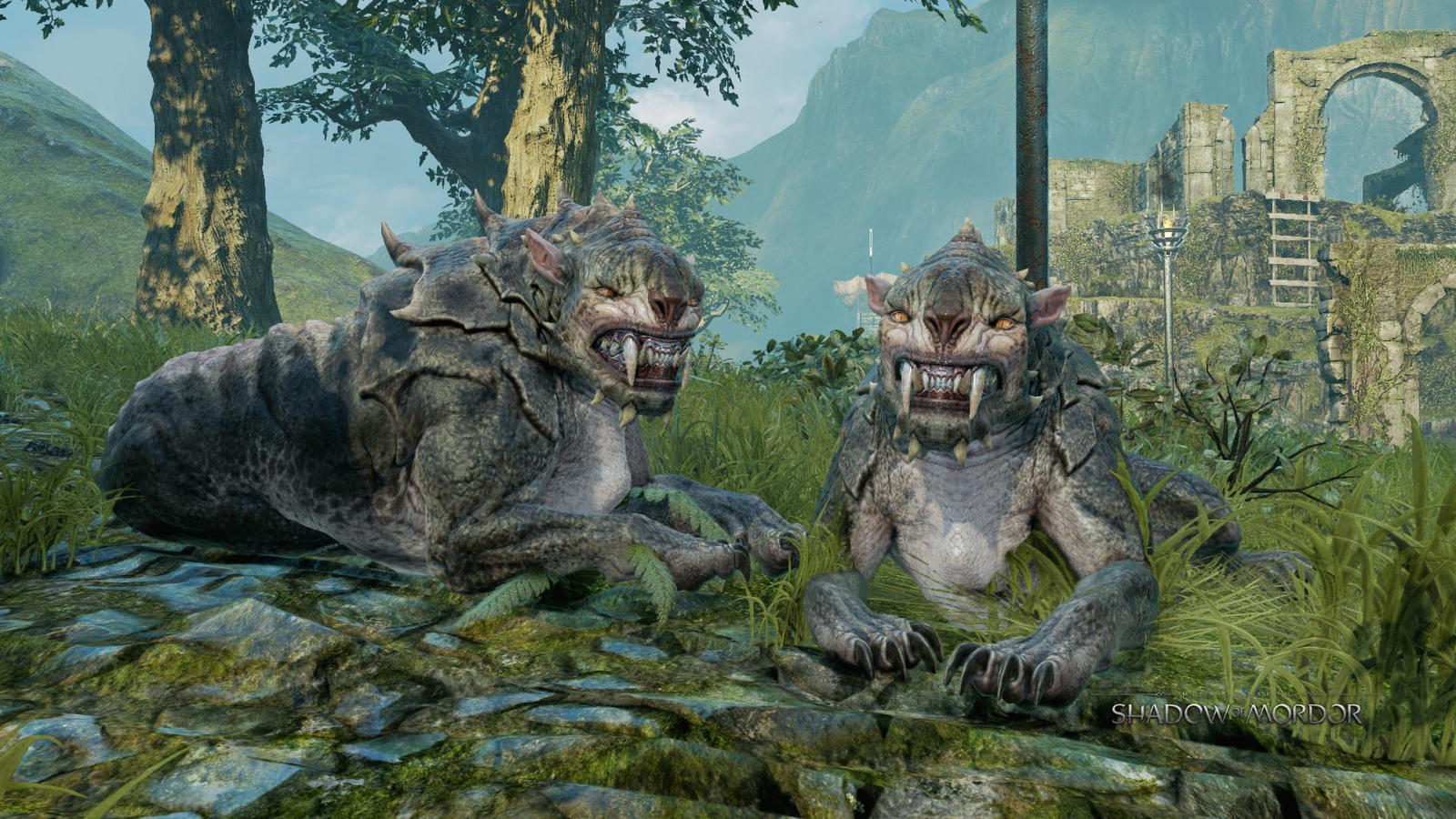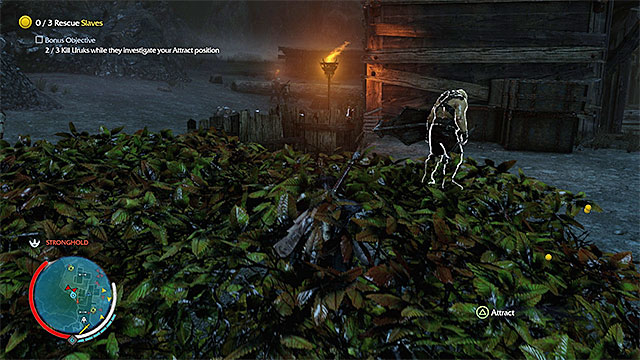One of the easiest ways to describe Shadow of Mordor is the following: "Assassin's Creed meets Batman: Arkham" I was surprised to find out how startlingly apt the comparison was. This game felt down to the button press like what I had played before, and most of the new things put in by Monolith were...not the best.
I just love nature. Except when it's clunky as all hell to do anything on.
Inthis excellent column on the subject,, Shamus Young points out that Shadow of Mordor's combat lacks the sort of high-level play found in a Batman: Arkham game, by making the game much less focused on player skill and granting them upgrades allowing them to circumvent that skill barrier, resulting in less satisfying high-level play. But in looking at the game, I've come to the conclusion that that's inherent to the design. Rather than focusing on speed and finesse like the Batman: Arkham games, Shadow of Mordor's combat focuses on strength and brutality.
Clear-Cut Victory
In every Batman: Arkham game, each encounter is self-contained. In any given room, there are X amount of people to beat up, and it's your job to make them regret their life decisions up, be it through melee or stealth.
Holy street fight, Batman!
Your brawl or sneakfest end with a slow-motion takedown of the final mook, giving the fight a clear bookend. Shadow of Mordor, on the other hand, puts the player in a long running battle, taking Orcs out a few at a time, and never getting a satisfying beginning or end. This one decision shines a new light on everything you do: Shadow of Mordor is built to engage the fantasy of being a one-man army.
Think this, but with less rifles and even fewer cool hats.
To prove my point, here are two videos:
Several key differences in how the characters "feel" to control changes the combat focus from finesse to brutality:
- Batman's attacks and counters are snappy, and only get faster as your combo gets higher. Tallion (Shadow of Mordor's protagonist) is much slower, indifferent to the combo meter.
- Alongside the top point, Batman can "jump" across a fight to knock down a thug who wasn't expecting it. In my time with the game, Tallion has done this exactly one, with a pirouette-esque move, and it felt unnatural.
- When Batman performs a takedown move, it's slow, and the camera stays zoomed out, giving you a breather to figure out who to attack next. Tallion's executions zoom in and speed up, selling you on the power of the blow you just delivered.
These little differences add up to fights that, despite having near-identical button presses by design, feel very different from each other. But, as fans of both games know, fighting is only half the equation of these games.
Stealth
Like a villain...stabbed for the very first time...
Shadow of Mordor's stealth system is perhaps the clearest example of the switch from skill to brutality. Part of this is to compensate for the large open world the player can traverse, but there is still a vast difference between the two games, to the point where it's somewhat unrecognizable.
The major differences I found were the following:
- In Shadow of Mordor, there is no such thing as a "stealth room." So long as you remain undetected, you can attack from the shadows as much or as little as you wish. The Batman: Arkham games have specific "Predator sections," which suffer from a lack of pacing and focus.
- Shadow of Mordor does not equate sight with failure; if a guard starts to spot you, you can get out of his field of view to maintain your stealth advantage. This is not the case in a Batman: Arkham game, where if you are spotted, you're spotted, and there's no way of going back.
- Finally, Mordor allows you to play with enemy perception, whether it be through making noise or dropping flies on their heads. The Batman: Arkham equivalent is the Sonic Batarang, which can be used once before taking a long time to use again. It's important to note that Arkham Knight does have an answer to the Attract ability in it's "Voice Synthesizer," but even that will stop being usable long before you get bored of using Attract.
Do you bleed? You will.
In Summary:
The small changes Monolith took when using the Batman: Arkham formula for Shadow of Mordor ended up changing the focus of gameplay. A few animation changes, a few new abilities, and a shift in map design all added up to a game focused not on being a superhero and saving the day, but on taking down an army, one Orc at a time.
What other small changes have you noticed that altered how a game worked? Put them down in the comments below






No comments:
Post a Comment